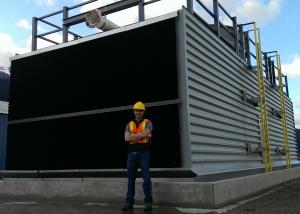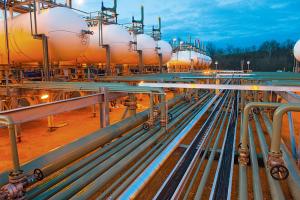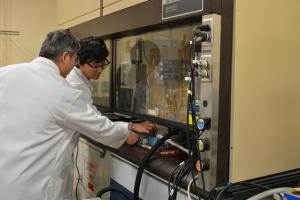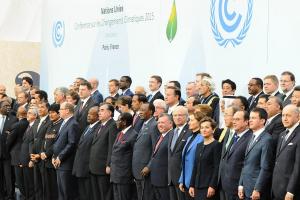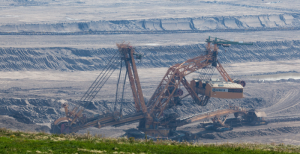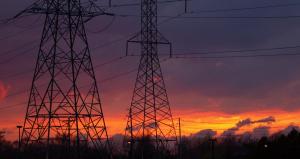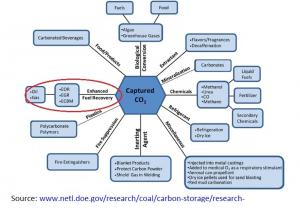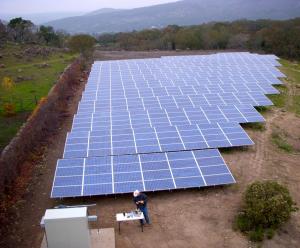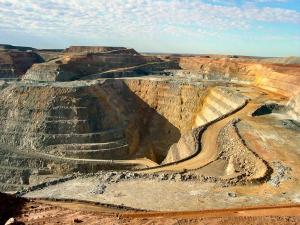May 25th, 2016
NET Power is a novel, emissions-free natural gas power system that will allow the world to meet 100% of its climate targets without having to pay more for electricity. NET Power uses the Allam Cycle, an oxy-fuel supercritical CO2 power cycle, to produce electricity from natural gas for the same cost as conventional power plants, but without producing any air emissions. The system’s only byproducts are liquid water and pipeline-ready CO2. The technology will be the low-cost, reliable, flexible cornerstone of a clean energy future.
June 17th, 2016
This session will cover the technical basis for direct air capture of CO2, the operation of Carbon Engineering’s air capture demonstration plant in Squamish, B.C., and will discuss opportunities for commercialization and deployment of the technology.
May 24th, 2016
US LNG exports are coming on to the global gas market at a time of a glut of supply, both pipeline and LNG, and low gas prices. The outlook for demand - outside the US - is mostly pessimistic as well, suggesting the glut of supply could last for many years.
April 21st, 2016
Capturing CO2 and converting it into chemicals, materials, and fuels using renewable energy, is an important path for sustainable development and a major challenge in 21st century. CO2 has become a plentiful source of carbon, and there are long-term merits in using CO2 as a feed for chemicals and materials and as a carrier for energy.
June 9th, 2016
All sectors of the energy industry are under pressure from a combination of ultra low prices, dislike of big business, accusations of crony capitalism and, last but not least, what for many are existential threats from environmental concerns.
March 21st, 2016
Scientists believe significant climate change is unavoidable without a drastic reduction in the emissions of greenhouse gases from the combustion of fossil fuels. However, few countries have implemented comprehensive policies that price this externality or devote serious resources to developing low-carbon energy sources.
May 12th, 2016
Utilities across the world are in the process of modernizing their assets, including significant investment in smart grid infrastructure. This includes smart metering, or advanced metering infrastructure (AMI), distribution automation and other advancements in transmission and distribution infrastructure that leverage two-way communications and sensors. To-date, the majority of smart grid deployments have taken place in North America and Western Europe. However, over the course of the next decade, investment is shifting to emerging market countries.
March 8th, 2016
Utilization of CO2 for enhanced oil recovery, the “U” in CCUS, is a key component of essentially all major CO2 capture and storage projects such as Summit's Texas Clean Energy Project, Petra Nova's Parish project, Boundary Dam, and Kemper. This briefing will assess the market dynamics, issues and opportunities at play.
April 13th, 2016
The European Union has decided an ambitious program to transform its energy system. A binding target of at least 40% domestic reduction in greenhouse gas emissions by 2030 has been endorsed – compared with 1990 emission levels. Further targets include doubling the share of renewable energy in total consumption and increasing energy efficiency. Due to strong governmental support, the share of renewables in total EU power demand has doubled within the last ten years, from 15% in 2005 to 30% in 2015. But this strong development has a price.
February 26th, 2016
This special member briefing will consider: • The similarities and differences between the US and Australian energy industries • Competition for Asian energy customers • The impact of low LNG and coal prices on export markets • The Paris targets – will Australia and the US meet their targets? • Will Australia finally go nuclear? • Australia’s contribution to international collaboration on energy technology innovation The briefing will take place in the USEA conference room. It will commence at 10:30 AM with a 30 minute presentation, and will be followed by Q & A for 40 minutes.
Pages


